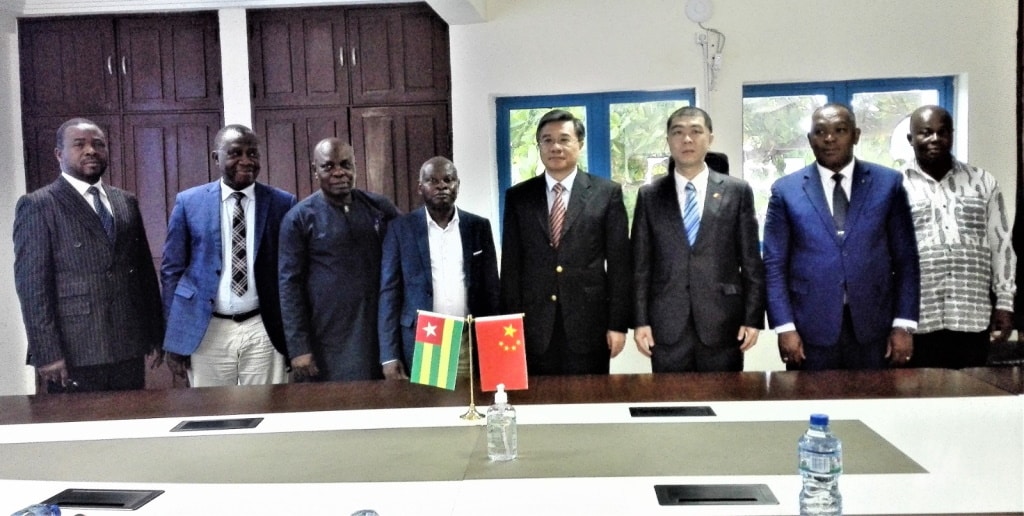The drinking water supply project was recently announced by the Togolese Ministry of Water and Village Hydraulics. It involves the construction of 300 boreholes in the Plateaux region, the largest of Togo’s five administrative regions with an area of 16,975 km². The future installations will be equipped with human-powered pumps. The presentation of the drinking water project follows the completion of a feasibility study, the report of which was presented on 25 April 2023.
The Togolese government has benefited from China’s support in this preliminary phase. The Plateaux drinking water project, which can now begin, will improve the service to the region’s estimated 1.6 million inhabitants. “If the results of this first stage are conclusive, the drinking water project will be extended to other regions of Togo,” says the Chinese ambassador to Togo, Chao Weidong.
Read Also – TOGO: a dam will supply 500 000 people with drinking water in Sarakawa
The aim is to support the Togolese government’s 2020-2025 roadmap. Through this policy, the government wants to increase access to drinking water to 85% nationally and 95% in rural areas by 2025. This justifies the implementation of several other projects in the West African country, notably the construction of 950 boreholes equipped with human-powered pumps in the Savanes and Kara regions.
The construction of these facilities will constitute the third phase of the project to improve sanitary conditions in schools and rural areas in the Savanes and Kara regions (Passco 3), which should meet the drinking water and sanitation needs of the populations of these two regions. Currently, the rate of access to drinking water is 68% in rural areas and 58% in urban areas in Togo.
Inès Magoum
